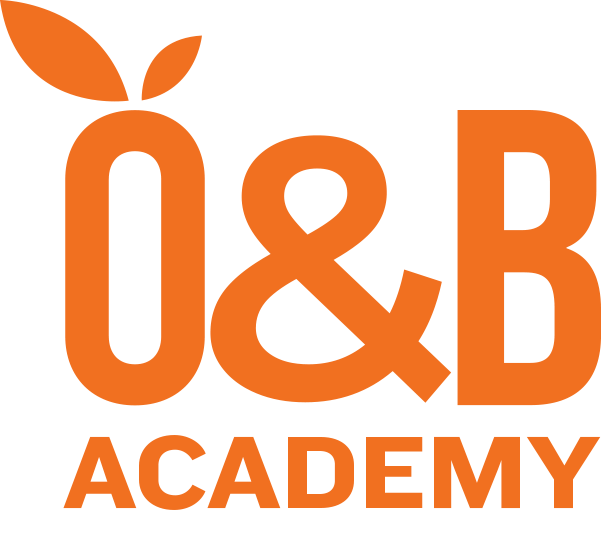Course Overview
In this course, students will learn how to design, develop, build, and deploy their applications in a manner that is resilient and highly scalable when run on top of Kubernetes.
Throughout the course, students will also learn patterns and tools within the Kubernetes ecosystem.
Learning Outcomes
- Learn how to set up and manage a Kubernetes cluster, including networking, storage, and security configurations, which is crucial for both developers when designing applications and administrators when managing the infrastructure.
- Understand how to integrate Kubernetes into a DevOps workflow, including continuous integration and continuous deployment (CI/CD) practices with tools like Jenkins, GitLab CI, or GitHub Actions.
Course Outline
Cloud Native Architecture
- Microservices Architecture
- The Twelve-Factor Application
Docker and Kubernetes Recap
- Docker and Kubernetes Recap (from DEVOPS-101)
Continuous Integration and Continuous Deployment
- Authoring, Deploying and Publishing Helm Charts
- GitOps and ArgoCD
- GitLab DevOps
- Private Registries
Deployment Patterns
- Sidecar Containers
- CRDs and Operator Pattern
Networking, Operations, Monitoring and Observability
- Exposing Metrics
- Inspecting Application Logs
- Consuming Metrics with Prometheus
- Visualizing Metrics with Grafana
- OpenTracing with Jaeger
Kubernetes Ecosystem
- Cloud Native Computing Foundation (CNCF)
- Differences: AWS EKS vs GCP GKE vs Azure AKS vs Tanzu?
- Tanzu Application Platform (TAP)
- Visualization Tools
- Custom Ingress Controllers
Microservices and Service Mesh
- Microservices Recap
- Deploying Microservices on Kubernetes
- Istio Gateway and Service Mesh
Skill Level
Suitable For
Experienced developers who want to design, develop, build, and deploy applications on Kubernetes
Prerequisites
• DEVOPS-101 — Docker & Kubernetes Fundamentals
• DEVOPS-102 — Linux Fundamentals
• DEVOPS-103 — Git Fundamentals
Recommended:
JAVA-302 — Enterprise Microservices with Istio
Duration
day
Related Topics
Skill Level
Suitable For
Experienced developers who want to design, develop, build, and deploy applications on Kubernetes
Duration
day
Related Topics
Course Overview
In this course, students will learn how to design, develop, build, and deploy their applications in a manner that is resilient and highly scalable when run on top of Kubernetes.
Throughout the course, students will also learn patterns and tools within the Kubernetes ecosystem.
Learning Outcomes
- Learn how to set up and manage a Kubernetes cluster, including networking, storage, and security configurations, which is crucial for both developers when designing applications and administrators when managing the infrastructure.
- Understand how to integrate Kubernetes into a DevOps workflow, including continuous integration and continuous deployment (CI/CD) practices with tools like Jenkins, GitLab CI, or GitHub Actions.
Course Outline
Cloud Native Architecture
- Microservices Architecture
- The Twelve-Factor Application
Docker and Kubernetes Recap
- Docker and Kubernetes Recap (from DEVOPS-101)
Continuous Integration and Continuous Deployment
- Authoring, Deploying and Publishing Helm Charts
- GitOps and ArgoCD
- GitLab DevOps
- Private Registries
Deployment Patterns
- Sidecar Containers
- CRDs and Operator Pattern
Networking, Operations, Monitoring and Observability
- Exposing Metrics
- Inspecting Application Logs
- Consuming Metrics with Prometheus
- Visualizing Metrics with Grafana
- OpenTracing with Jaeger
Kubernetes Ecosystem
- Cloud Native Computing Foundation (CNCF)
- Differences: AWS EKS vs GCP GKE vs Azure AKS vs Tanzu?
- Tanzu Application Platform (TAP)
- Visualization Tools
- Custom Ingress Controllers
Microservices and Service Mesh
- Microservices Recap
- Deploying Microservices on Kubernetes
- Istio Gateway and Service Mesh



